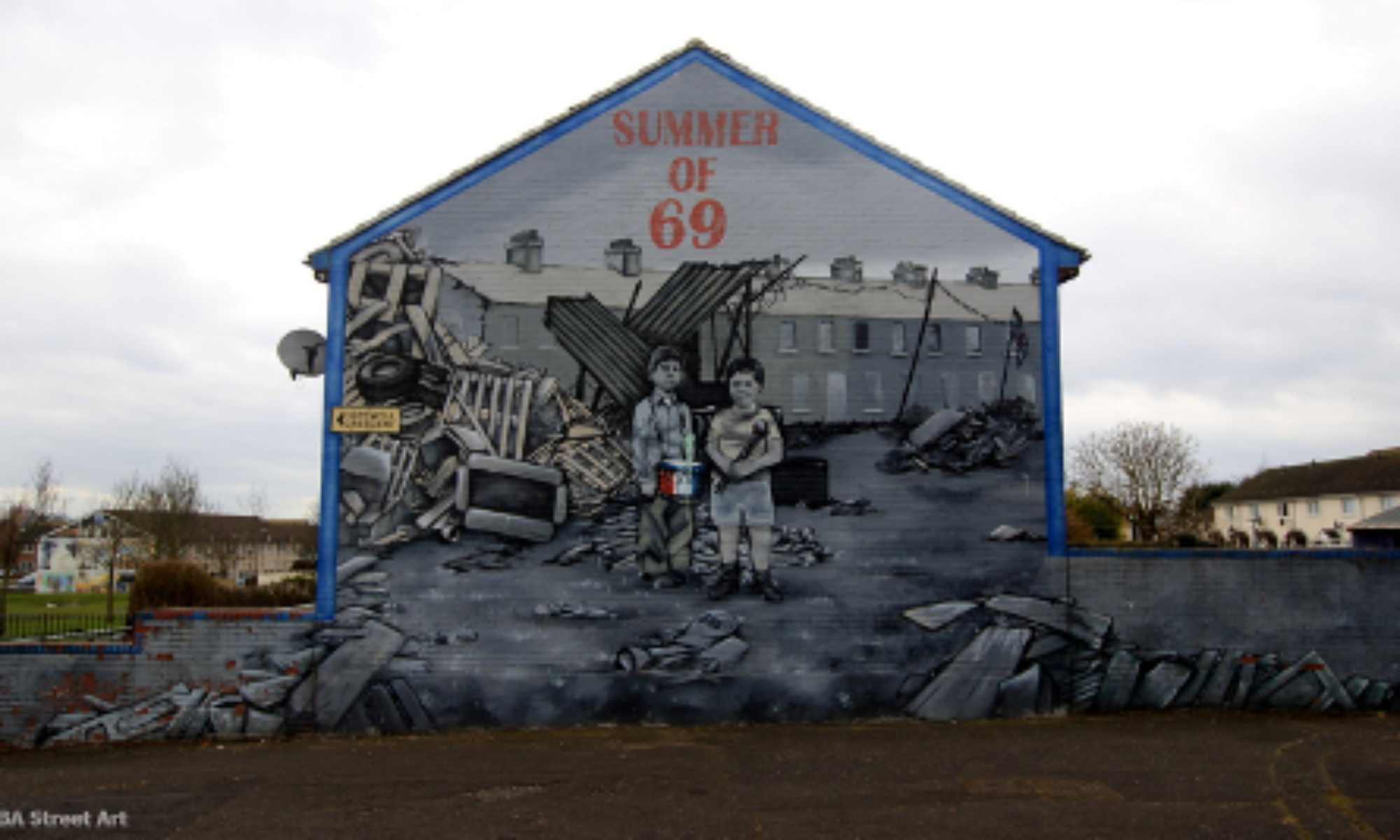Whenever I encounter a new or unfamiliar term, one of the first things I do is look up its definition. The long 68 is something I had never heard of prior to this class, and its elusive nature and lack of a set definition make understanding the time period and its events more difficult for me. When I’m learning, I like having rules and definitions and order—68 is the exact opposite. Enoch Powell referred to it simply as “The Thing,” and leaders of student, political, and racial protests of the time period often loosely defined their movements by what they opposed rather than what they supported. Even Richard Vinen, as a historian who has extensively studied 68, struggles to define the “what,” “when,” and “where” of this period of rebellion and sustained conflict. While 68 has an incredibly complicated and nuanced history, our discussions in class so far have demonstrated that it can also be somewhat defined by the strong labels that mark its conflicts: anti-Vietnam, student, Black vs. white, Catholic vs. Protestant, the New Left and the counterculture. What I find interesting about 68 is the effect of labels on the conflicts of 68 and on the literature produced during and in response to it. I’m curious about how the polarizing language of these labels, often with ambiguous or shifting meanings, plays into the rise of the memoir and autobiography of young people involved in 68 in the U.S. and Ireland, as they seek to define and redefine themselves amidst the chaos of the time period. I look forward to exploring how the emphasis on personal storytelling by key players of 68—from Huey P. Newton and Bernadette Devlin to the Catonsville Nine and Chicago Eight—is shaped by the confusion and ambiguity surrounding the events and language of 68, and how these memoirs then shape our understanding of 68 and its implications today.
2 Replies to “Autobiography & the Ambiguity of “The Thing””
Leave a Reply
You must be logged in to post a comment.

I agree with your comments and I think that the fact that we have the phrase the “long 68” is very interesting because it lends itself to the idea that we can’t put boundaries or limitations on what exact years or length of time we are speaking about. When exactly do the time periods, attitudes of that time, and the people that fill that time start and end? I think this encourages the idea that history is always connected and like a tree that continues to reach out and have different offshoots, history is a continuum of different ideas and perspectives that are all joined together. I think this is why we tend to say that history repeats itself because as humans, we have common threads that while they may be manifested differently, affect our choices, the ways we interact with society, and the times of history that we are in. I am very excited to see, as you describe, how the people of the time lived out this history and how their reactions, perspectives and how they filled the “labels” of the time can be analyzed and thoughtfully explored to see how they reveal insights into that time but also provide different ways to look at the times we are currently in.
The self-consciousness of the young people involved in ’68 that you mentioned is one of the more interesting aspects we’ve covered in our brief introduction to the era. The rise of the memoir and autobiography reflects the incredible awareness of young people regarding the impact of their actions, but at the same time demonstrates a bizarre distance from the present. While the focus on the autobiography provides unique insight into each prominent individual’s role in ’68 for later students of the era, it’s possible that it also reflects their egos and massive senses of self importance. Obviously this isn’t the case for everyone involved; however, I think it reveals that not everyone involved was in it entirely for their professed movements but were influenced somewhat naturally by the praise of their followers and fellow radicals.